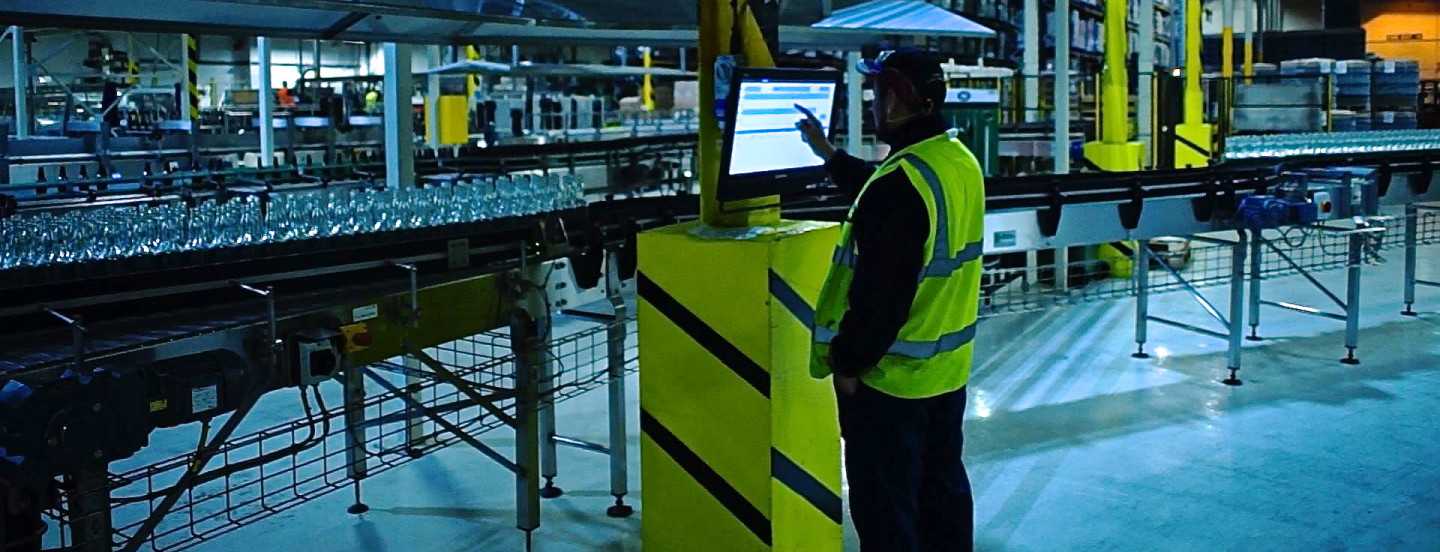
A fast-growing independent drinks company had implemented SAP and was using ECC for production planning. The system looked sophisticated. The planning appeared comprehensive. But something was fundamentally wrong.
The planners were optimizing around production lines and machine capacity. The system allocated products to lines efficiently. It scheduled runs logically. It maximized equipment utilization.
But it couldn’t allocate labour to and across production lines. And labour availability was the biggest constraint on production. Not the number of lines.
The sophisticated SAP planning was overruled by reality. Staff assembled the weekly production plan on spreadsheets and emailed it to interested parties.
Every morning, shop floor supervisors held meetings to sort out the detailed schedule for the day. They worked around available teams and lines. They responded to emergencies that had arisen since the week’s plan was issued.
The expensive planning system was bypassed because it planned around the wrong constraint.
Production efficiency wasn’t about maximizing machine time. It was about optimising human allocation. Shift patterns mattered more than line capacity. Team availability trumped equipment availability.
Labour allocation across production lines was the critical optimisation challenge. The SAP system was solving a problem the company didn’t have. While ignoring the problem that was throttling their growth.
The company implemented APO with Pivot’s help. Now they could finally plan shift patterns, labour allocation, and line maintenance in SAP. The system began optimising around real constraints instead of assumed ones.
But the company challenged Pivot to go further. It wanted to replace the weekly schedule spreadsheet with something more interactive. Real-time response for real-time operations.
Pivot consultants first implemented the optimiser within SAP’s APO-PPDS. This greatly improved production efficiency. It minimised downtime between product runs on various lines.
The optimiser matched product properties against required volumes. It determined which products should get made on which lines and in what sequence. But this was just the foundation.
Pivot developed a web-based interactive tool enabling users to post alerts and schedule changes as soon as they arose. The changing picture became available to everyone who needed to know across the company.
Big screens positioned in key shop floor areas displayed schedules and production requirements. The system updated them every five minutes. Operatives could scroll down for detailed information on production orders. And across to show the coming seven days schedule and past three days.
The next step was deploying the web-based tool on mobile devices and tablets. Production personnel could issue alerts and changes ‘on the hoof’ rather than returning to offices or fixed locations.
Real-time constraint management became real-time.
Production efficiency improved because the system was finally optimized around the right constraint. Labour allocation became as sophisticated as machine scheduling had been.
The weekly spreadsheet emails disappeared. Daily morning huddles became strategic discussions instead of reactive problem-solving sessions. Emergency management became proactive scheduling.
The Head of IT’s confidence that Pivot would deliver captures the transformation perfectly. Sometimes the best technology solutions aren’t about more sophisticated planning. They’re about planning around the right constraints.
The production system was finally planned around reality instead of assumptions. Labour bottlenecks became visible, manageable, and optimizable.